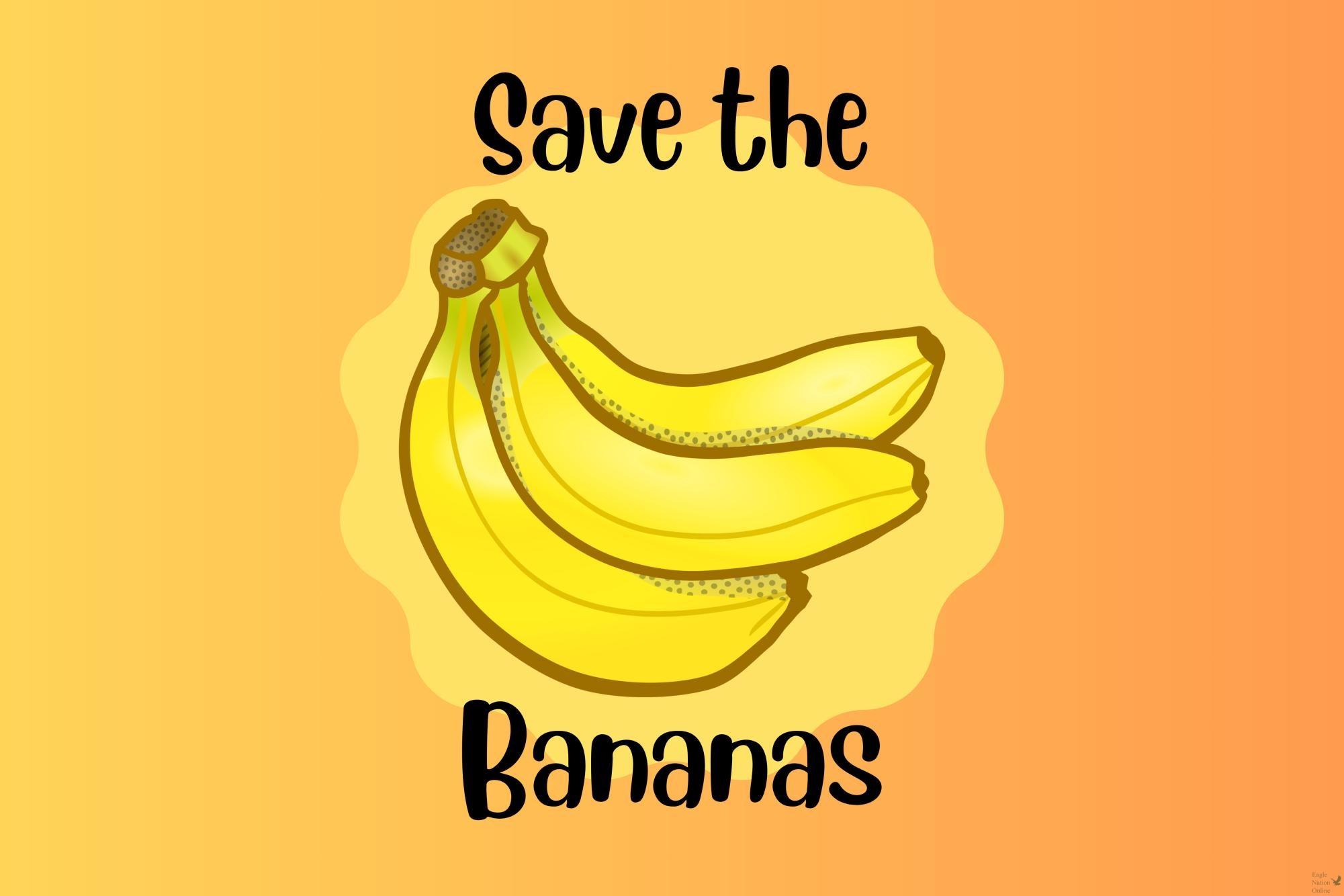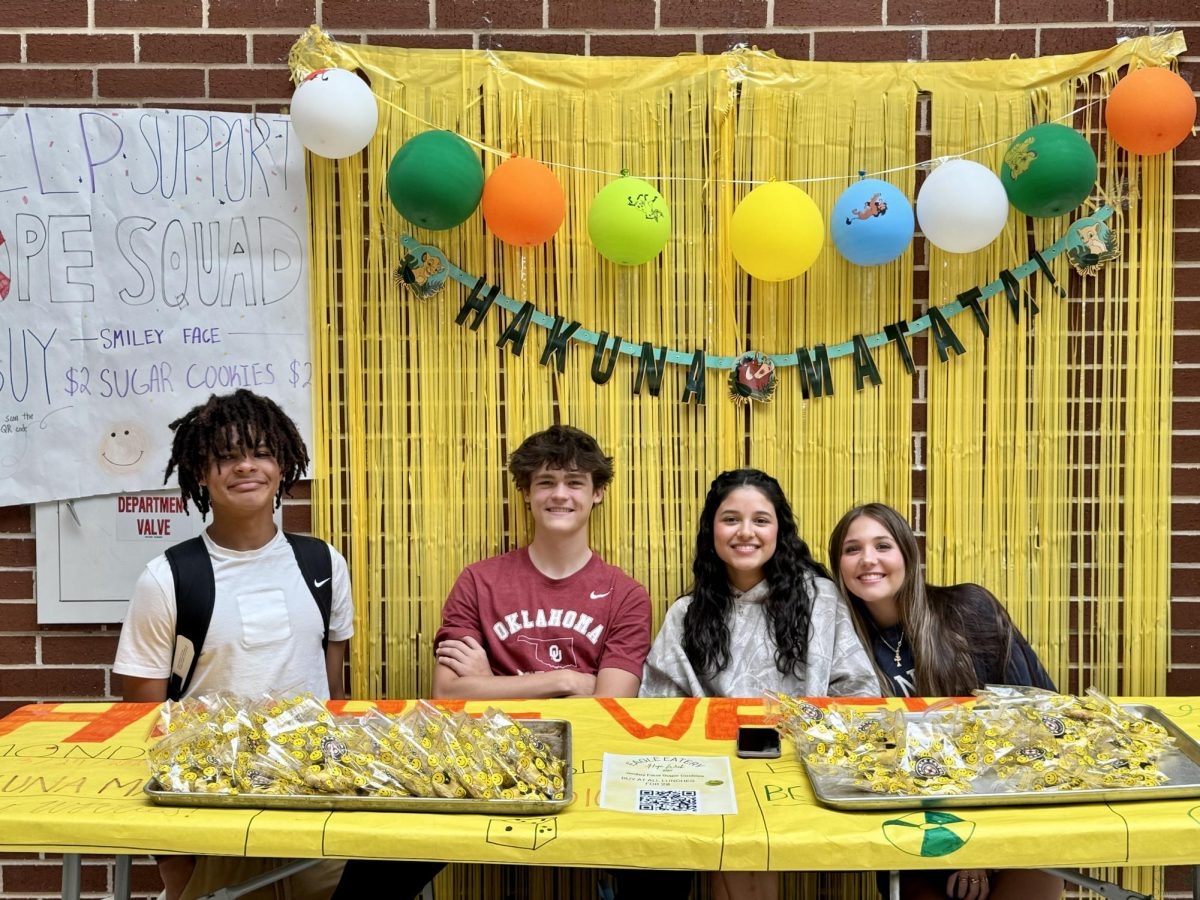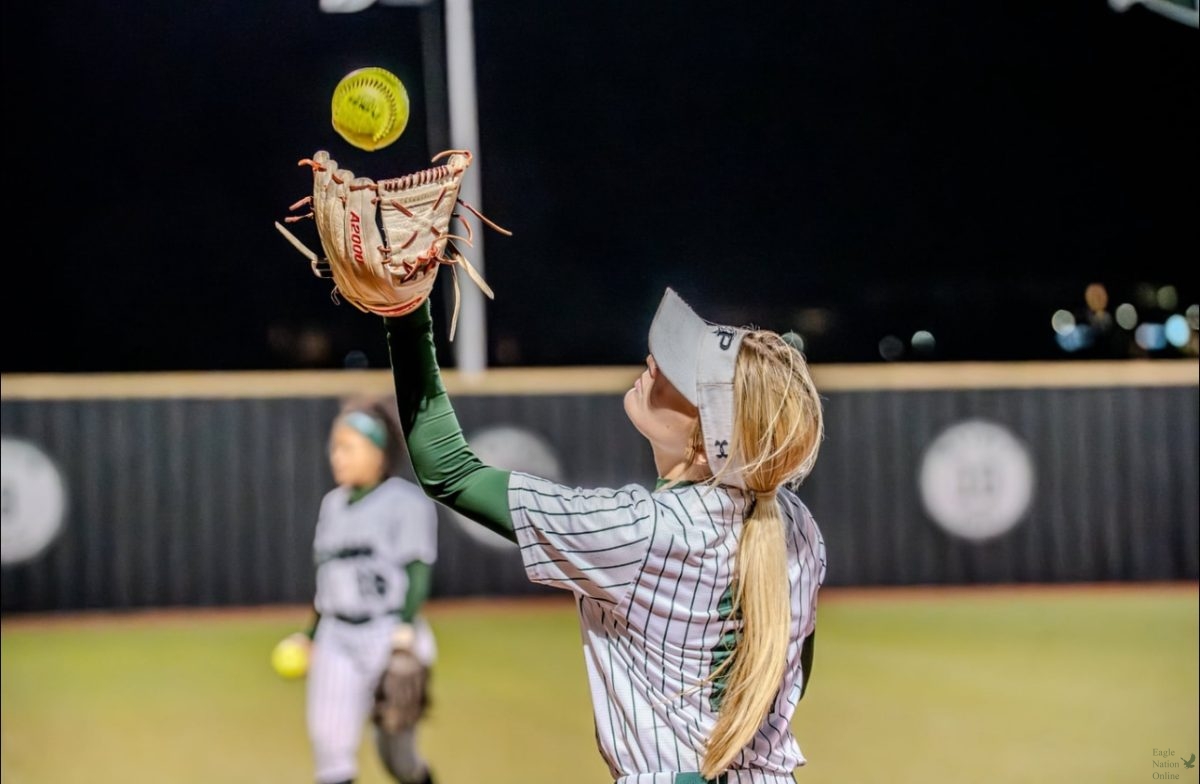Bananas are the most popular fruit in the world, with the average American eating around 26 pounds of bananas every year. Whether you find them at a grocery store, farmers market, or grow your own, they all have the same yellow peel and sweet inside. The bananas we know and love, are one kind: Cavendish.
What are Cavendish bananas?
Cavendish bananas, or “dessert” bananas, are the most common type of bananas sold at grocery stores. Their desirable bright yellow color, sweet taste, and high-yield-per-acre ability make them appealing. According to the Food and Agriculture Organization, producers grow nearly 50,000,000 metric tons of Cavendish bananas annually, making up 99 percent of the world’s banana exports.
Why are they going extinct?
A fungal infection known as Panama disease or banana wilt is causing a significant decrease in Cavendish banana populations worldwide. Panama disease, which is actually a fungus, inhabits the roots of a banana plant and prevents it from absorbing water and nutrients from the soil. unable to perform photosynthesis, the plant essentially starves to death. Without glucose to provide energy to the plant, it eventually will wilt and die. This infection spreads more rapidly due to the Cavendish banana’s lack of genetic diversity, increasing the species’ chance of extinction.
What are possible solutions?
Scientists can increase the genetic diversity of bananas by putting them through breeding programs, as well as splicing the genetics of wild bananas and transferring them into Cavendish varieties. Both of these processes increase a banana plant’s defense against diseases and help slow the spread of diseases, like banana wilt, to prevent these fruits from disappearing altogether. More than 1,000 different banana varieties exist. Each of which offer potential for them to be domesticated and mass produced just as we do with the Cavendish.
Bananas remain significantly important to all people on Earth. Without them, many of us would see a completely different lifestyle. It is our duty as humans inhabiting the Earth to protect our food sources.
Let’s protect the bananas.










![Freshman Polly Greaves created this updated version of the original graphic through Canva. Their next episode reviews a science fiction novel, 'Ender's Game.' "I feel like [Orson Scott Card] did a really good job incorporating feelings into his words and the plot," Greaves said, "which really made it a work of art because I believe that good books are books that can make you feel something."](https://eaglenationonline.com/wp-content/uploads/2025/02/EndersGame_Cover3.png)







